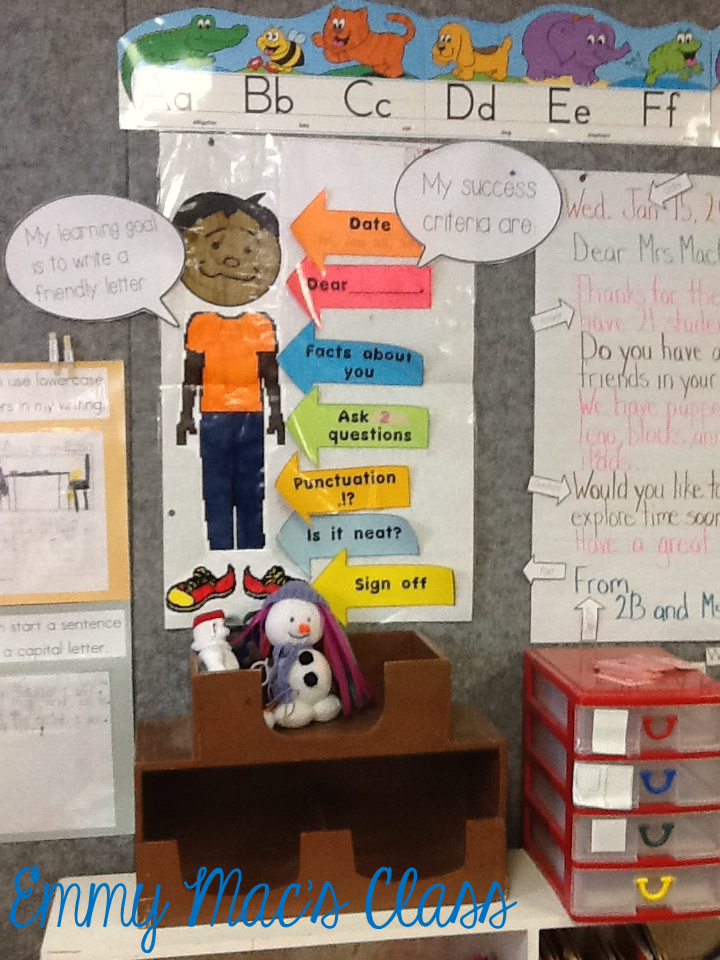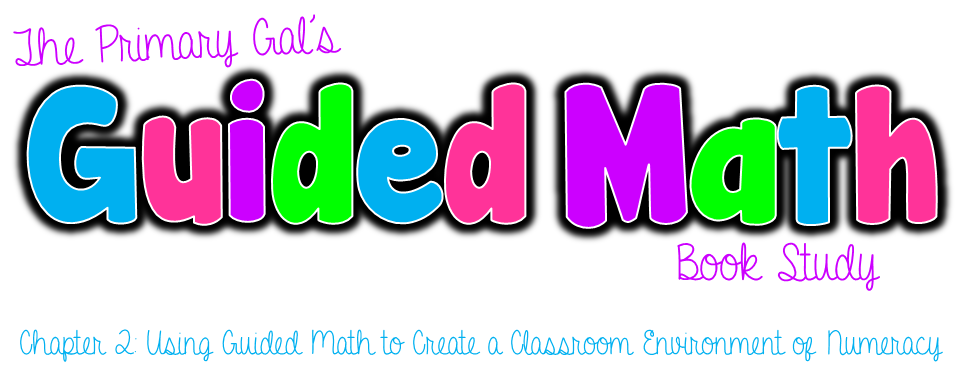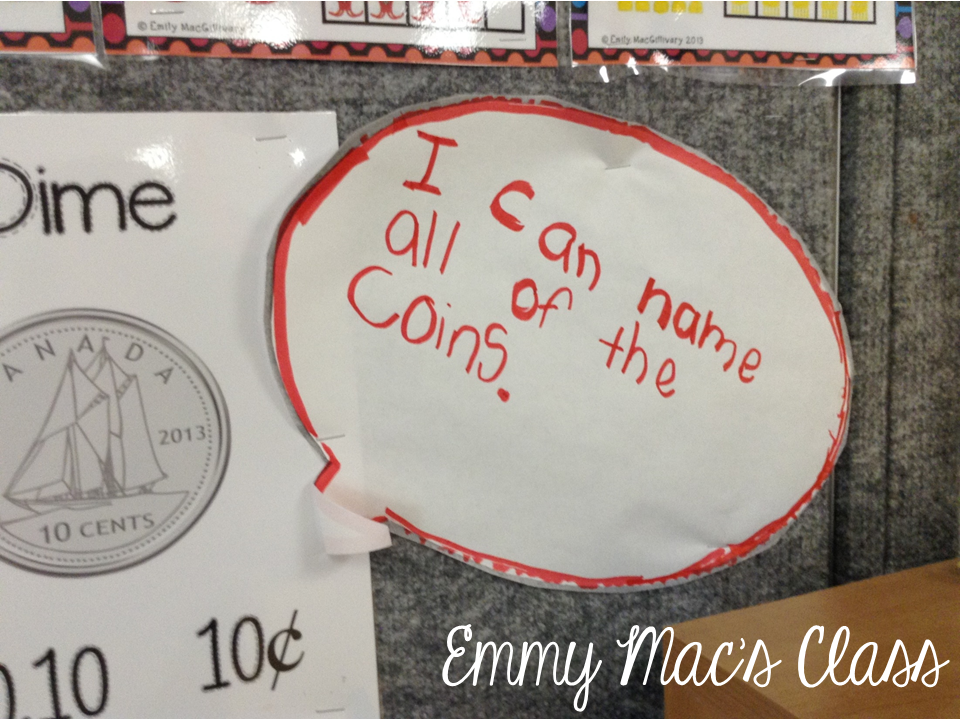I'm excited to be back this week for Chapter 3 of the "Guided Math". Amanda from The Primary Gal is hosting this book study. I have to say that I am really enjoying this book and am learning so many practical and useful things from this book. I can't wait to try them out.
When my first graders come in, the first thing they do is get out their calendar books. The students write down the number of the day then graph what the weather is like in their books. For the first few months of grade 1, the students trace the number. Once they become more comfortable, they start to write in the number them selves.
 |
| 2014-2015 will be updated soon! |
We then meet on the carpet for our calendar routine on the SMARTboard. I like using the SMARTboard for calendar because it doesn't take up so much room. We fill in the calendar together. We usually have a pattern for the numbers. This month our pattern is AAB.
We then fill in the days of the weeks, graph the weather, and tally the number of days that we have been in school.
We then move into language.
So far this is my favourite chapter in the book. It has really made me think about my math block and what I can do to improve my creating of a mathematical community.
The idea of starting the day with math stretches that are simple and don't take up a lot of time has me excited.
I like the idea that each day starts with a different type of math stretch, but that the students are familiar with them.
- data collection (a simple graphing activity) It allows students to respond as the graph is filled. Its very similar to what I use at the beginning of the year to sign in.
- number of the day - represent the number in a variety of different ways
- what's next - begin the pattern and then leave a blank for each student.
- "How did my family use math" - helps students to make real world authentic connections with mathematics
- "Makes me think of..."- allows students to show what they know about the topic.
Calendar
I also like how Laney suggests adding more to your calendar. I find that at this point in the year, I am tired of my calendar routine and so are the kids. Let's be honest, we were probably bored back in October.
Things that Laney suggested adding to your calendar routine: calendar cards that help practice a skill, i.e. fractions, shapes, time, etc...; measuring the temperature; an estimation challenge; incredible equations (give the students a number and they make equations); a problem of the day.
So there you have my thoughts on Chapter 3.
Don't forget to enter the give away.














































